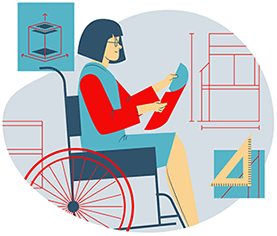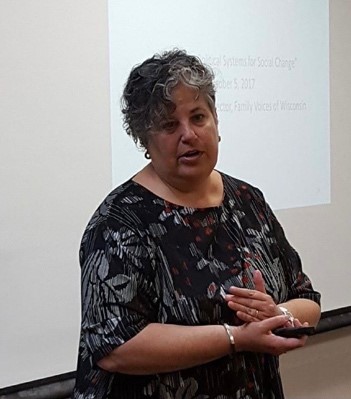
Diversity, Equity, Inclusion, and Belonging at Family Voices

Targeted Universalism
Targeted universalism means setting universal goals and using targeted processes to reach those goals.
What is targeted universalism?
The concept of targeted universalism shows how focusing an intervention on people who are most affected has a positive impact on the broader community.
For example, curb cuts or ramps were mandated by the Americans with Disabilities Act of 1990 (ADA) to ensure accessibility for people in wheelchairs. That change in our shared environment, targeted to improving access for people unable to walk, improved access for many others – caregivers pushing strollers, delivery people, cyclists, and travelers with rolling luggage.
What is our history with targeted universalism?
Family Voices has the universal goal that “all children should have access to quality health care.” To meet that goal, Family Voices promotes family-centered care for CYSHCN. This targeted approach has resulted in the evolution of family-centered care to benefit all children.
How do we approach our work through targeted universalism?
Seek funding that targets specific groups in order to address disparities within the CYSHCN community.
Target funding from projects to F2Fs that serve populations that are heavily impacted by disparities.
Board of Directors (BOD) and staff secure funding and partnerships that help to address the disparities experienced by CYSHCN from Black, Hispanic/Latinx, Indigenous/Native American communities.






















